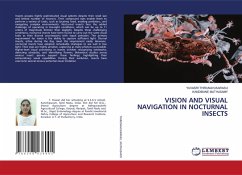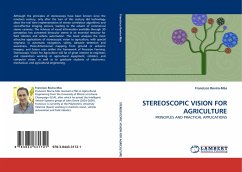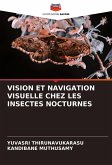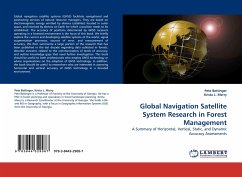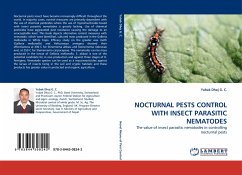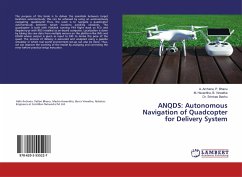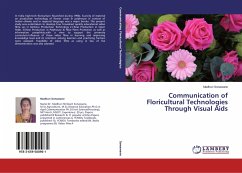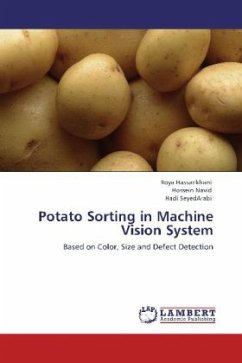Insects possess highly sophisticated visual systems despite their small size and limited number of neurons. Their compound eyes enable them to perform a variety of tasks, such as locating food, evading predators, and navigating complex environments. Nocturnal insects face the added challenge of operating in low-light conditions, which can be up to 11 orders of magnitude dimmer than daylight. Despite these challenging conditions, nocturnal insects have been found to carry out the same visual tasks as their diurnal counterparts with equal precision. The primary requirement for vision is the ability to capture sufficient light. Diurnal insects, active during the day, meet this requirement easily. However, nocturnal insects have adapted remarkable strategies to see well in low light. Their eyes are highly sensitive, capturing as many photons as possible. Higher-level visual processing in insects involves recognizing landmarks, detecting obstacles, and identifying flowers. Behavioral studies across various insect species support these findings, highlighting their extraordinary visual capabilities. During their evolution, insects have overcome several serious potential visual limitation.
Bitte wählen Sie Ihr Anliegen aus.
Rechnungen
Retourenschein anfordern
Bestellstatus
Storno

